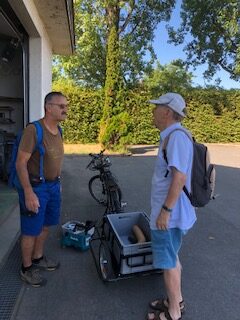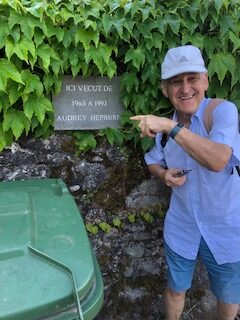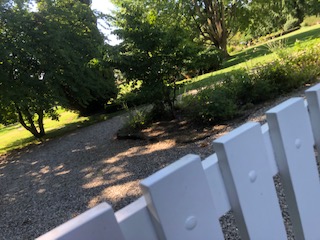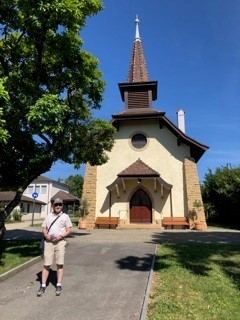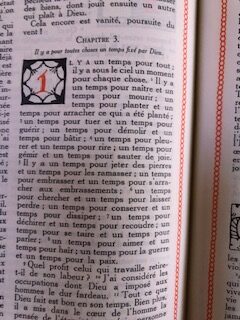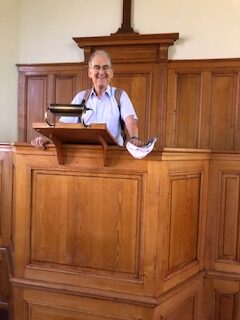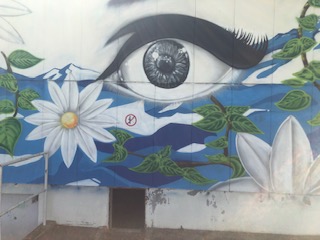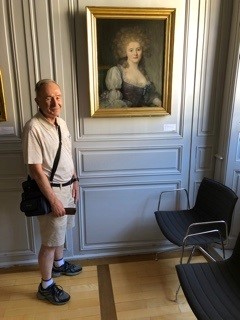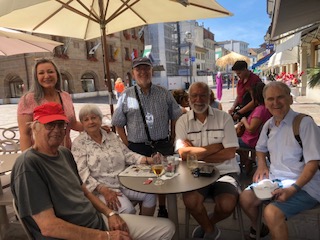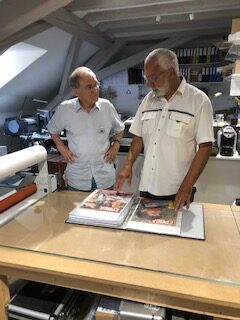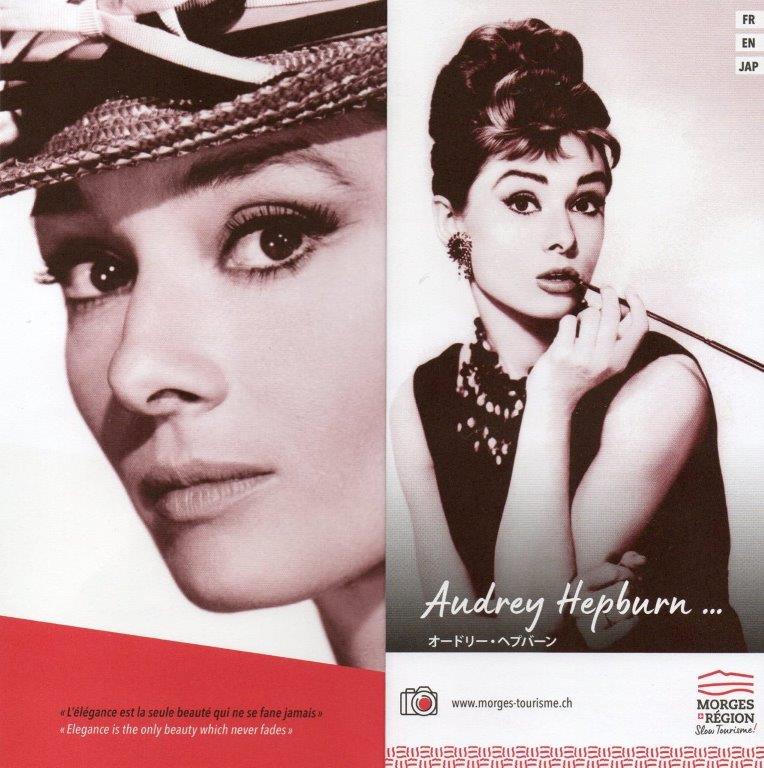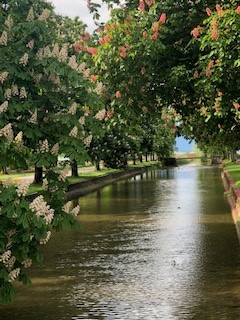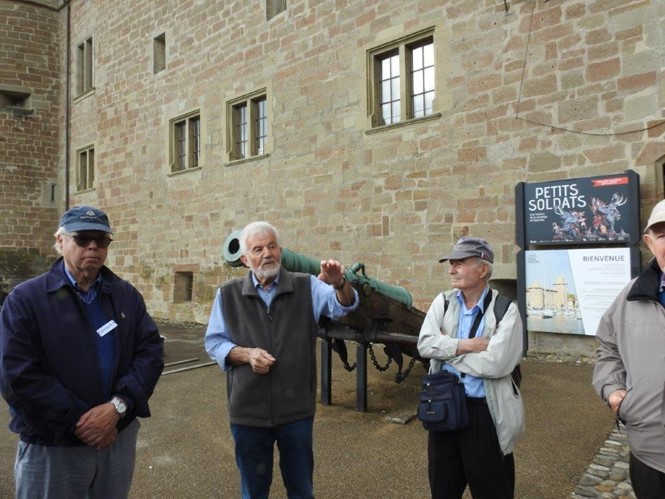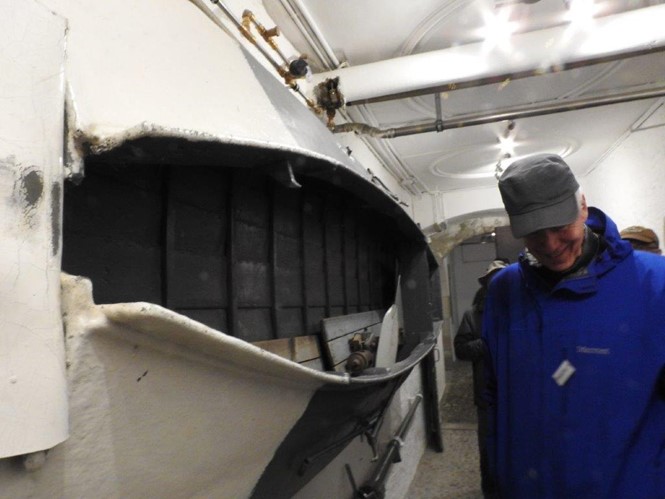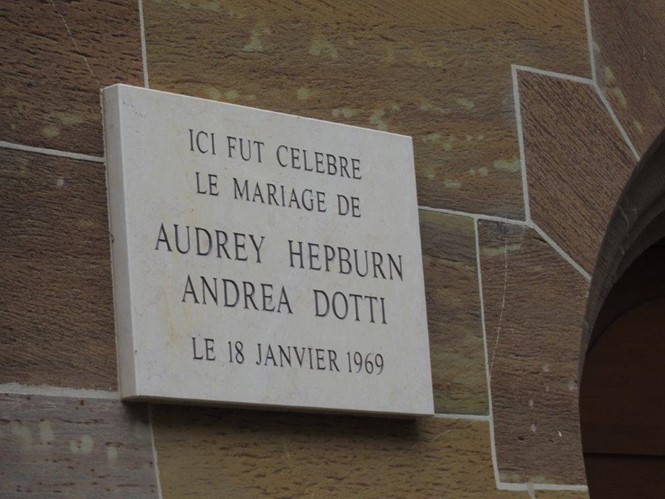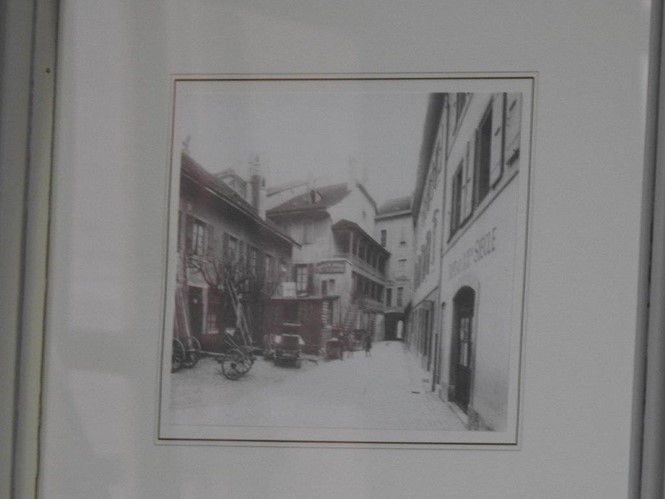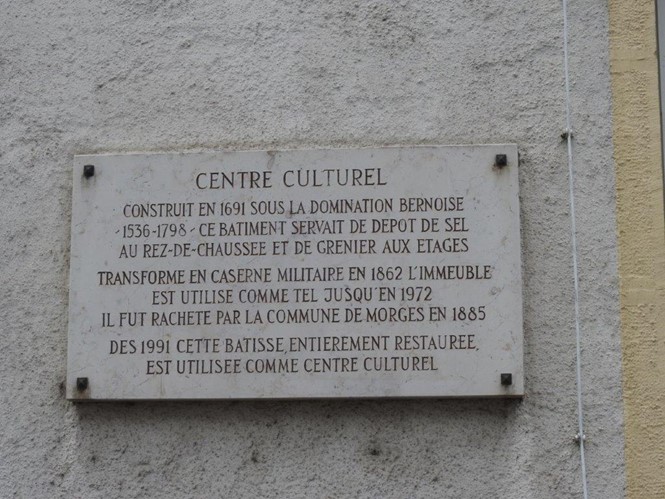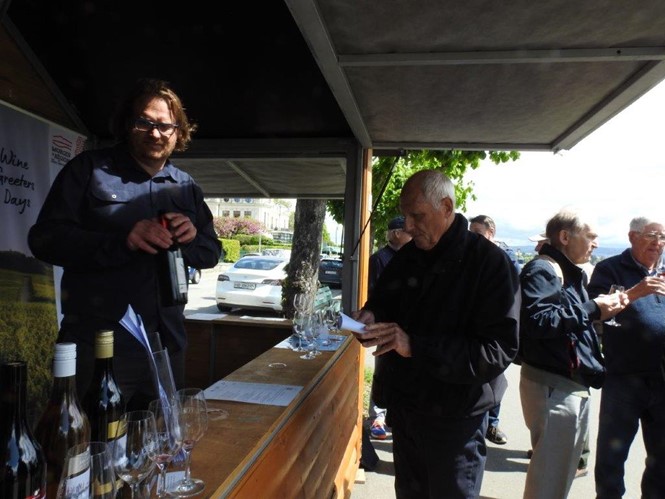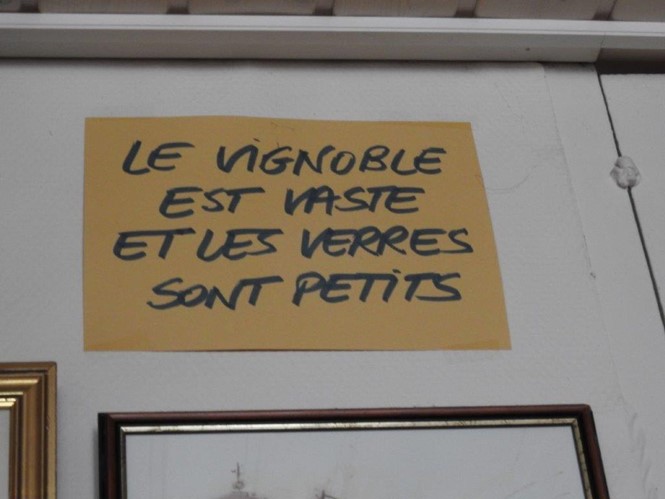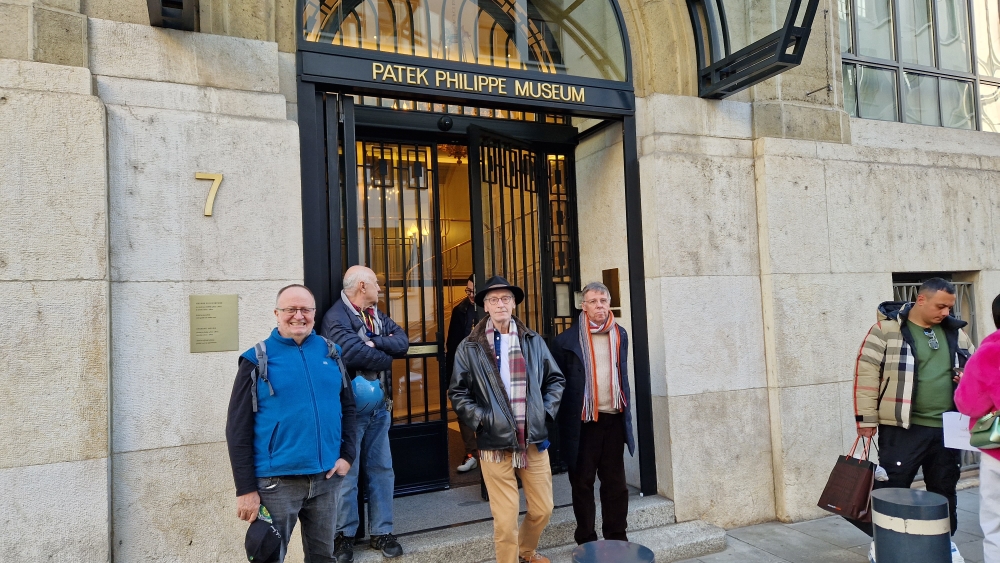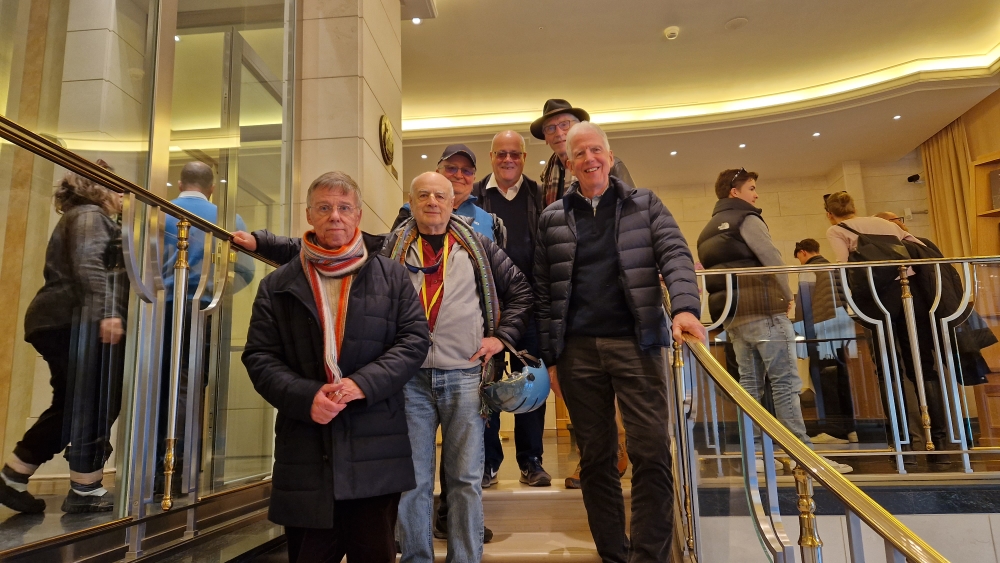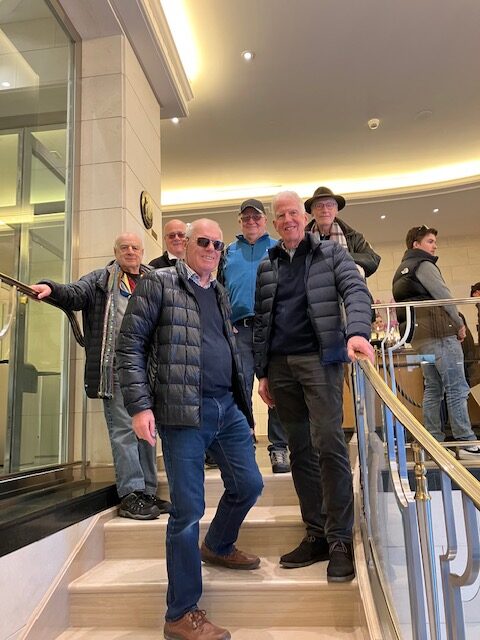This is a short record of a necessarily limited group visit to CERN on 22.2.2025.
On 4 Jan 2025 a few selected folk received this email from Mervyn.
“Firstly, Happy New Year to one and all.
Secondly, here is your exclusive invitation to join a private group visit to CERN.
We will have the services of a qualified guide, an ex-CERN employee, friend and neighbour, Dr. Gunnar Fernqvist on
Date: Saturday 22 February 2025
Draft Programme:
09:00 Rendezvous at CERN Gateway (Parking available)
Introductory film
Selfguided tour of the exhibition area
10:15 Depart (by car) for underground visit of the LHC
11:00 Visit the CMS
12:00 Return by car to CERN
12:30 Lunch at CERN
14:00 Walking tour of other CERN exhibitions and sites
16:00 End of visit
IMPORTANT
Please confirm your interest to participate by return email as capacity is limited to 12 (adult, able-bodied, non-pregnant!). Please state your name, nationality and date of birth.
Joining instructions will follow once group participation is established.
Brush up on your physics!
Mervyn”
The day 22 Feb 2025 finally came around, grey and a bit cold. Rob picked me up and then Ross before we drove to the CERN parking near the Gateway. The Science Gateway is a much improved visitor centre (from the original that I had experienced 25 years or so earlier).
To plan a visit – see
https://visit.cern
CERN Science Gateway
CERN Science Gateway is a place to explore CERN and science through authentic, innovative and inspirational experiences. It is CERN’s new education and outreach center, where we take visitors on a unique journey building on the physical proximity to CERN, its accelerators, detectors, facilities and people.
Through immersive multimedia exhibits, hands-on lab workshops, science shows, events that blend science and culture, innovation-prototyping workshops and tours of authentic CERN places – all guided by CERN people – visitors of all ages and backgrounds can engage in the discoveries, the science and the technologies of CERN.
Our vision is for a world where science and learning are part and parcel of everyone’s life. Our younger visitors may leave inspired to explore a career in science and technology. We hope that all visitors will feel empowered to make sense of the science that shapes their lives.
This vision is housed in an iconic building designed by the world-renowned Renzo Piano Building Workshop, with support from Brodbeck-Roulet architectes associés.
An iconic building
Inspired by the diversity and curiosity that are intrinsic to CERN, the building encompasses multiple elements, embedded in a green forest.
Five different spaces host three exhibitions, two hands-on labs, an auditorium, a shop and a restaurant, all connected by a 6-metre-high bridge that spans the main road in front of CERN. Two suspended tubes mirror the cutting-edge technology of the CERN accelerator complex. Raw shapes and forms, and exposed concrete celebrate CERN’s industrial character.
The building symbolises the inseparable link between science and society, with sustainability at its core. Almost 4000 square metres of solar panels provide energy to the Science Gateway and other CERN buildings. A forest of over 400 trees and 13 000 shrubs provides a habitat for animals and plants. When in operation, the building is carbon-neutral.
We reinforced ourselves on quantum coffee as 12 of us assembled, a leader and 11 bosons, not all GIN members but all with an inquisitive bent.
Gunnar Fernqvist (Leader)
Mark Watts
Lynda Watts
Henry Watts
Richard Saynor
Paul Sochaczweski
Mervyn Powell (Organiser)
Peter Taylor
Robert Pashley
Ivan Rykov
Ross Linsley
Philip Jenkins
We had a strict timetable to adhere to as CERN receives thousands of visitors per week and parties are guided on timed visits. During our visit we noted parties bumping up behind us when we asked too many questions or lingered a little too long, but this was not a serious hindrance and we did not collide.
We started up in the Gateway to watch the introductory film, but a large group of Italians visitors (in 3 coaches) were in the mix so the whole film was to be in Italian. We decamped instead to the Gateway exhibitions where Gunnar explained the basic working of the LHC and its related experiments (ATLAS and CMS (Compact Muon Solenoid which we were to visit) being the hi power ones).
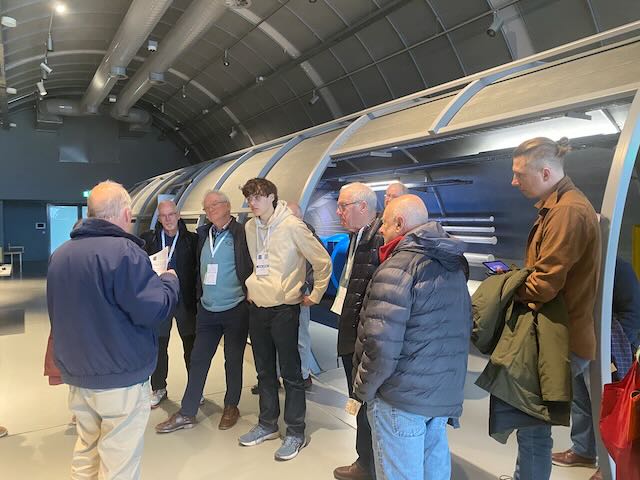
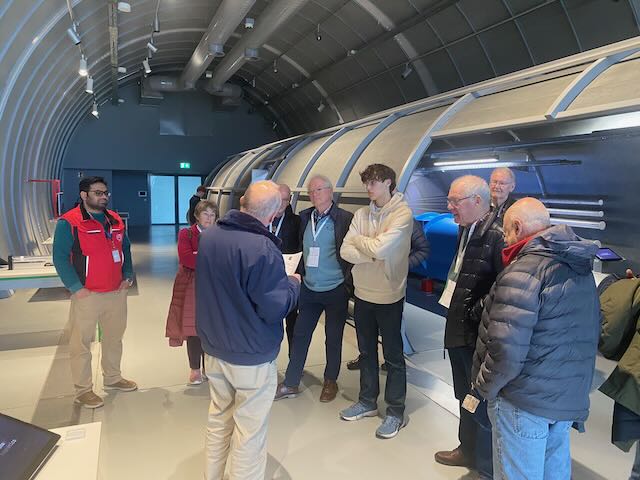
Here is the basic outline of what CERN seems to be all about :-
The European Organization for Nuclear Research – known by its French acronym, CERN – is the largest particle physics laboratory in the world. Located just outside of Geneva, Switzerland, it was established in 1954, as one of post-war Europe’s first joint ventures, with the express aim of halting the ‘brain drain’ of talented scientists leaving the continent for America.
Today, more than 10,000 scientists hailing from more than 100 countries find themselves at CERN each year to use its facilities, which include some of the biggest and most complex scientific instruments ever created. Their goal: figure out what the Universe is made of and the laws of physics that dictate its behaviour.
What does CERN do exactly?
At CERN, the European Organization for Nuclear Research, physicists and engineers are probing the fundamental structure of the universe. They use the world’s largest and most complex scientific instruments to study the basic constituents of matter – the fundamental particles.
Why was CERN built in Switzerland?
Switzerland was chosen to host CERN to a large extent because of its neutrality and its safeguards against the misappropriation of scientific research results for military purposes. This was especially important when the organisation was established in 1954 because the world was just entering the Cold War.
What has CERN done for humanity?
Crystals developed for CERN experiments in the 1980s are now ubiquitous in PET scanners. Today, CERN’s unique expertise and technologies are being used in areas related to medical diagnostics and imaging, therapy as well as computing and simulations for health applications.
CERN’s work, including attempts to create tiny black holes for studying antimatter, is conducted under strict safety protocols, with the organization and the scientific community affirming the research poses no threat to the planet.
Who funds CERN?
CERN is publicly funded by its 23 Member States and Associate Member States. Find out below about how this investment creates a positive impact on society.
The Large Hadron Collider (LHC) is the world’s largest and most powerful particle accelerator. It consists of a 27-kilometre ring (100 metres underground) of superconducting magnets (cooled by liquid helium) with a number of accelerating structures to boost the energy of the particles along the way.
The CERN accelerator complex accelerates protons, but also nuclei of ionized atoms (ions), such as the nuclei of lead, argon or xenon atoms. Some LHC runs are thus dedicated to lead-ion collisions. The ISOLDE facility accelerates beams of exotic nuclei for nuclear physics studies.
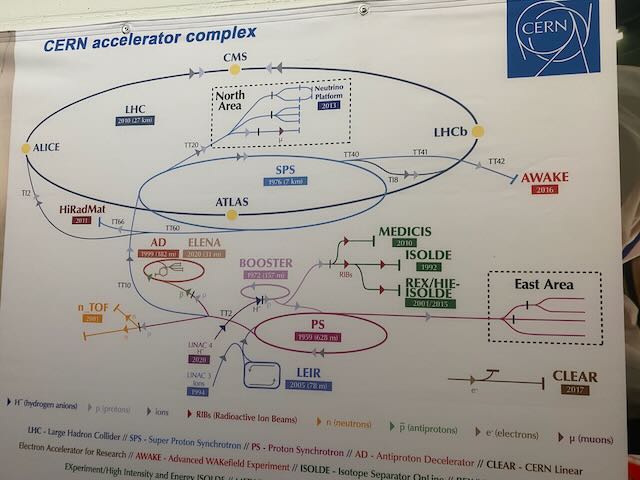
The particle collisions recreate, for a fraction of a second, the conditions that existed moments after the Big Bang, when the Universe was born. By studying the debris of these collisions, physicists try to settle mysteries such as what matter is made of and how particles get their mass.
The LHC, which was completed in 2008, was built primarily to put the Standard Model of particle physics to the test. This wildly successful theory from the 1970s describes the interactions between the 17 elementary particles and three of the four fundamental forces of the Universe: electromagnetism, the strong nuclear force and the weak nuclear force (gravity is the fourth).
What happened at CERN in the fall of 2008?
On 19 September 2008, a magnet quench occurred in about 100 bending magnets in sectors 3 and 4, where an electrical fault vented about six tonnes of liquid helium (the magnets’ cryogenic coolant) into the tunnel.
What discoveries have been made at CERN?
Highlights include the 1983 discovery of a pair of elementary particles called the W and Z bosons, which was later awarded the Nobel Prize for Physics. British computer scientist Tim Berners-Lee helped invent the World Wide Web at CERN in 1989 by developing a way for computers to talk to each other, called hypertext transfer protocol (HTTP).
In 1995, CERN scientists were the first to create atoms of hydrogen’s antimatter counterpart, antihydrogen. In 2000, they discovered a new state of matter: a hot, dense, particle soup called quark-gluon plasma. And the Higgs boson, predicted by the Standard Model of particle physics, was observed for the first time in 2012 at CERN’s Large Hadron Collider (LHC), scooping its discoverers a Nobel Prize. This discovery confirmed a crucial part of our understanding of how particles acquire mass.
One CMS photo showed (apparently) that the Higgs boson is produced in the collision of two protons at 14 TeV and quickly decays into four muons, a type of heavy electron which is not absorbed by the central part of the detector – but in the outer muon detectors.
The discovery was a big win for fans of the Standard Model, but the theory is incomplete. It leaves many questions open, such as: what is dark matter? Why does the Universe contain more matter than antimatter? The LHC may help answer these questions.
Things could really start to get exciting after the next long shutdown, currently slated for 2026-2028. During that time, the LHC will be upgraded so heavily that it warrants a new name: the High-Luminosity LHC (HL-LHC). Over 20-plus years of operating, the machine will work up to generating luminosities nearly 30 times greater than those produced to date, allowing physicists push the Standard Model to its limits.
And the search for new physics doesn’t end there. A proposed new collider – theFuture Circular Collider (FCC) – would dwarf the LHC. “It’s really just a concept right now, but ultimately this would be an even more powerful collider that would be 100 kilometres around. The LHC ring would basically just be the booster ring for the FCC!”.
Gunnar, being an electrical expert, sparkled with energy, especially when describing magnets and the power supply aspects of the LHC. In particular in his time, his team were challenged to get a firm control on the current such that it provided for a finely controlled and powerfull magnetic field to bend the accelerated particales around the ring, focussing them in the centre of the vacuum tube such that they never touched the sides (which would have given rise to the magnets becoming non-superconducting and exploding as in 2008). The power in the circulating paricles is so high (of the order of a jumbo jet) that in order to quench it (every few hours or so), the particles are brought offline and sprayed into a 300 m long carbon dump – which becomes radioactive for a while.
Gunnar was keen to show us that while we did not have personal radiation detctor devices for our safety, he did, and he demonstrated that his read zero radiation before and after (hence during) our visit. Safety is a big part of the CERN operation.
We did get back to see the initial part of the introductory film before time beat us and we were required to whisk ourselves away in a quantum leap across the ring (in our cars) to the CMS Experiment at Cessy across the border in France.
We descended 100m underground in a large lift, after a safety lecture, down to the airlocks and tunnels into the vast CMS chamber. The huge cylindrical detector lies on its side surrounding the thin beam pipe (somehow the two pipes form one in the detectors).
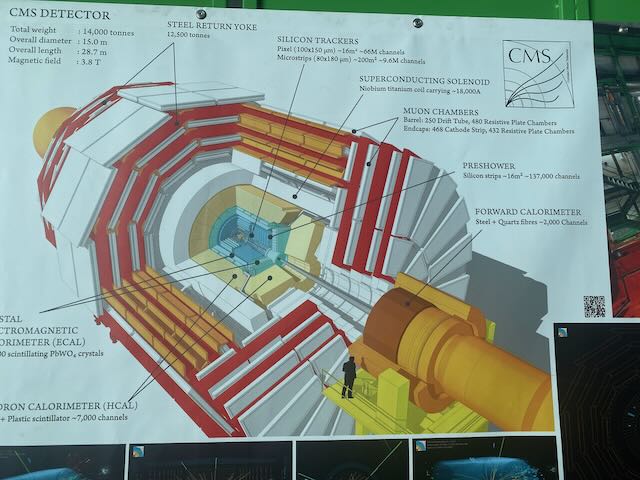
It was partially disassembled in that the final disc detector had ben slid forward, and workers were paying it some attention. When the beam is running this chamber is filled with radiation and personnel are kept well away.
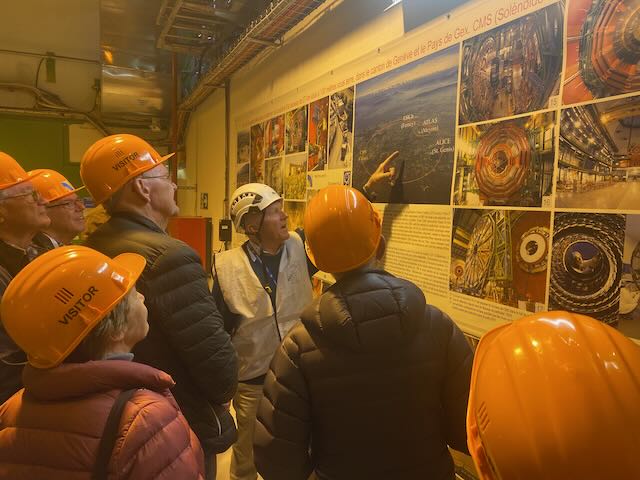
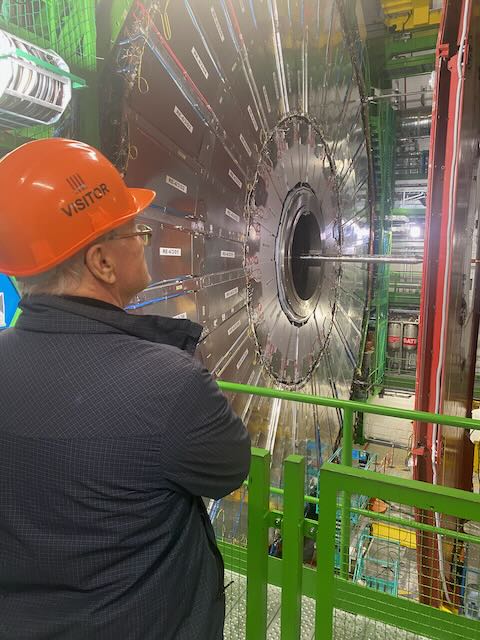
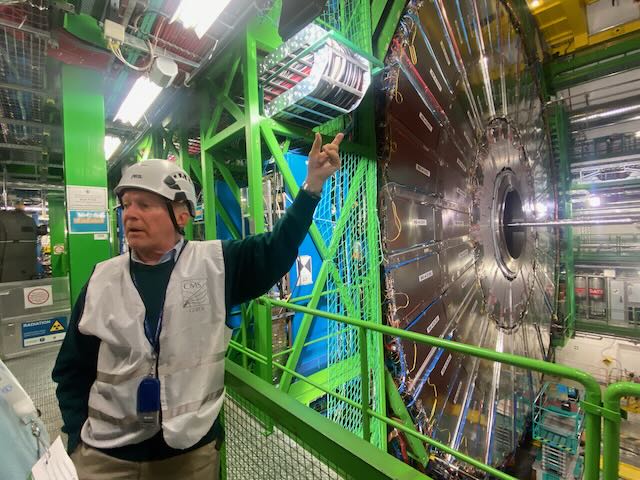
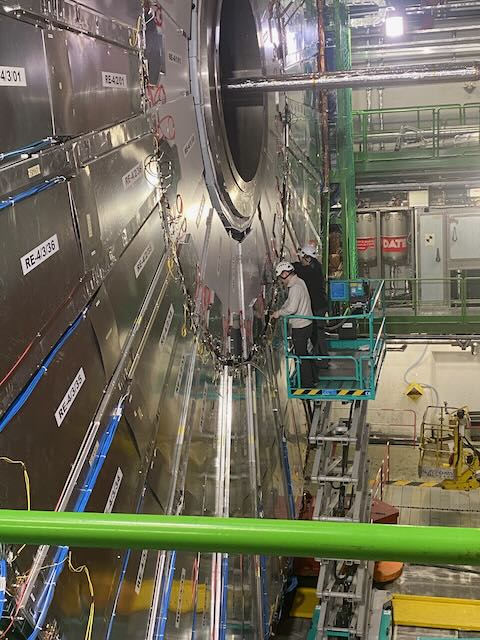
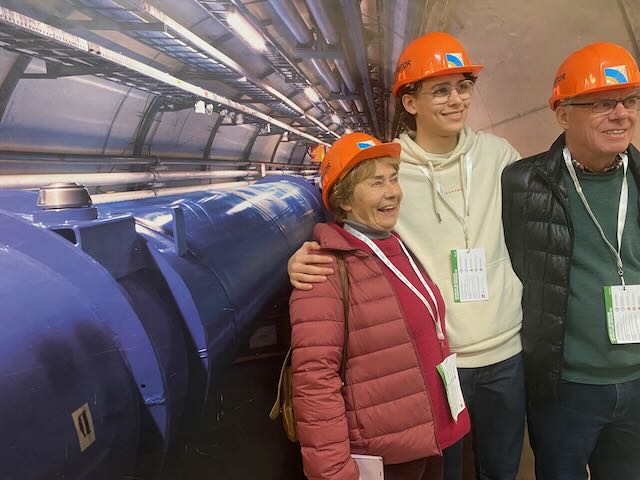
All too soon we were required to return to the surface as another party was coming in. The drive back to CERN centre for lunch led us to the chosen restaurant in a far corner of the CERN site, but sadly being Saturday it was closed. No worries we decamped to the main restaurant. This science stuff can bring on a good appetite.

After Lunch
The afternoon was spent at the Anti-Matter Factory, the old original Proton Synchrotron, and the Atlas Control room. Each were fascinating and we plied Gunnar with plenty of questions which he ably asnwered.
The AntiMatter Factory
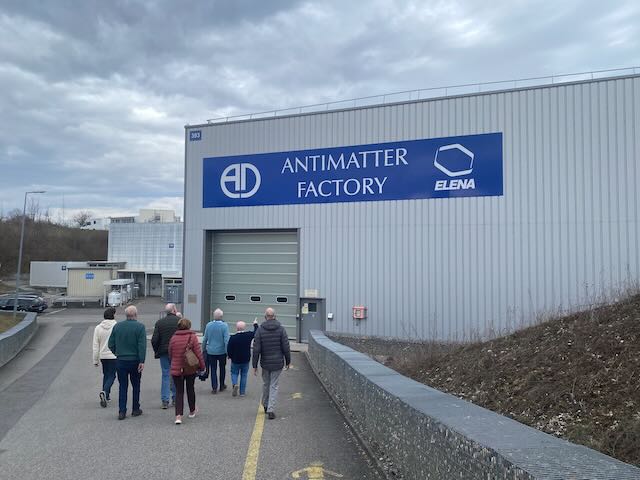
See the following for a virtual tour :-
A very odd state of matter – apparently it is quite normal in nature :-
Natural antiparticles
• A person weighting 80 kg produces 180 anti-electrons (positrons e+) per hour from the desintegration of Potassium-40, anatural isotope
• A banana produces 10 e+ per second
A key experiment going on seemed to be seeing if anti-particles are affected by gravitiy in the same way as particles, and it seems they are: attracted by the earth and not repelled.
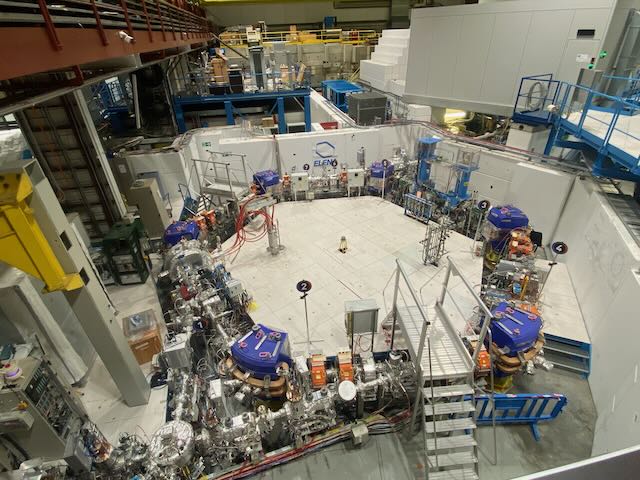
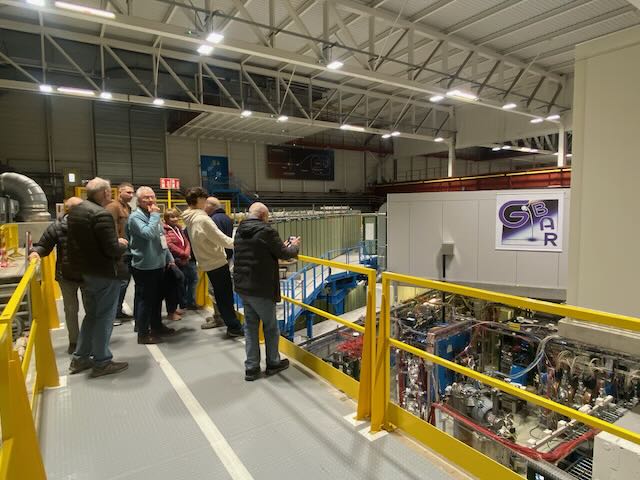
The Proton Synchrotron history is explained in this film.
https://home.cern/news/news/accelerators/celebrating-60-years-proton-synchrotron
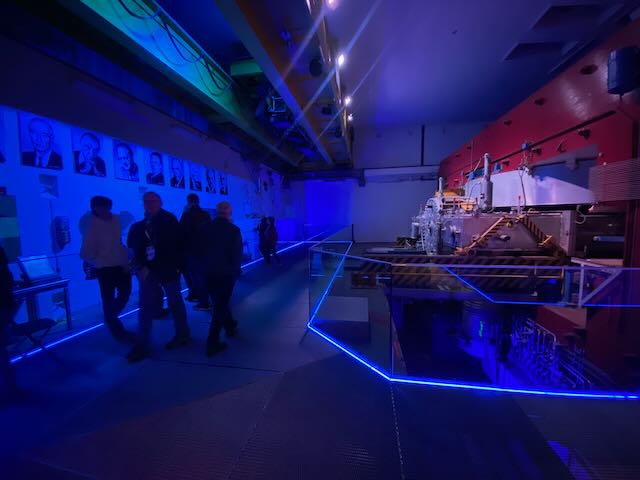
The Atlas Control Room
Our visit to the control room at Atlas was our last stop of the day before afinal coffee at the visitor centre.
https://www.home.cern/science/experiments/atlas
As the beam was down, no actual personnel were present and nothing was happening but again Gunnar brought it back to life for us.
All in all an amazing day – a visit to CERN, even without the special visit that we were given, would be a wonderful day out for anyone with a fascination of life, the universe and everything.

Many thanks to Mervyn for organising and to Gunnar for being our guide into this mind bending place. I’m off to eat a banana…

